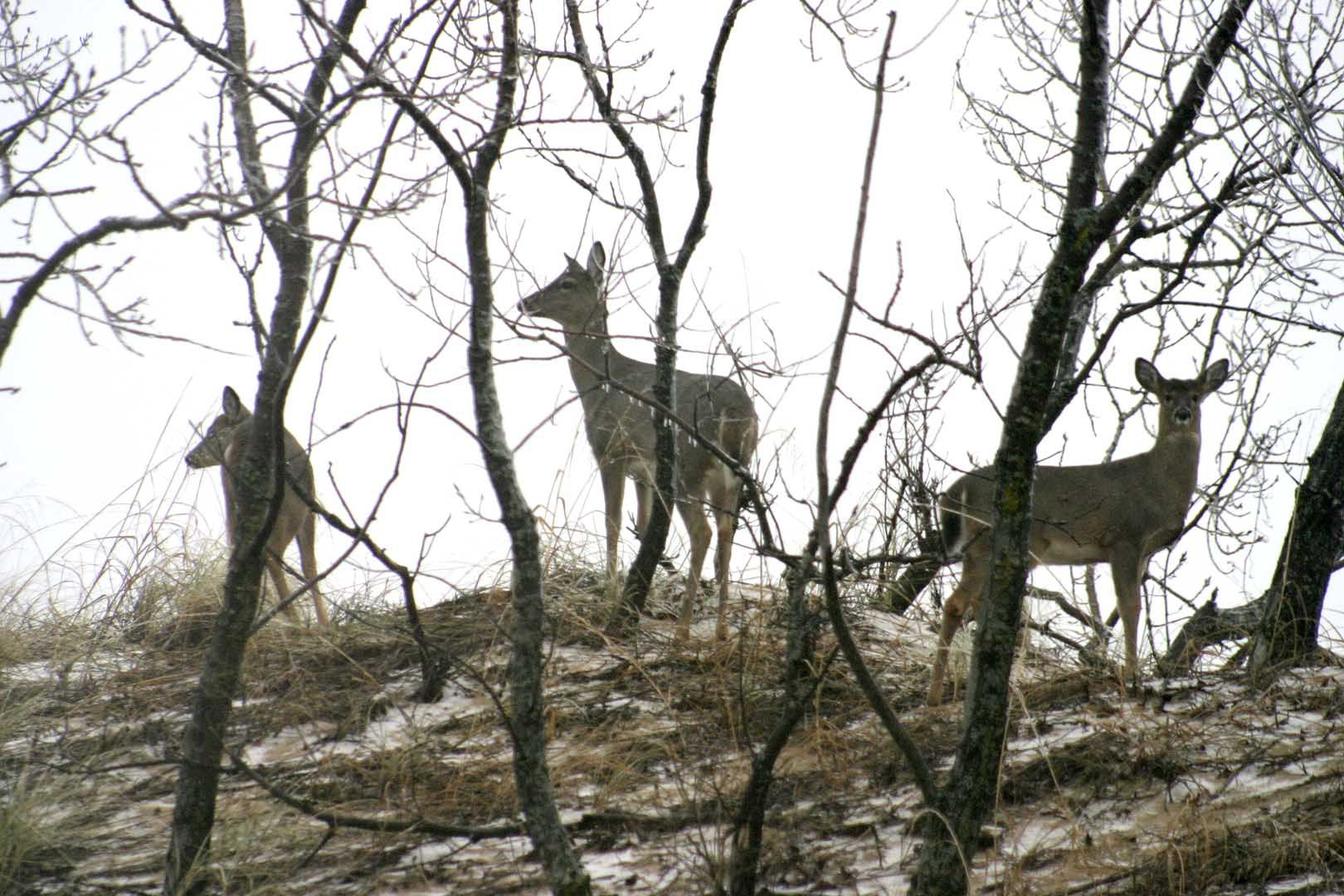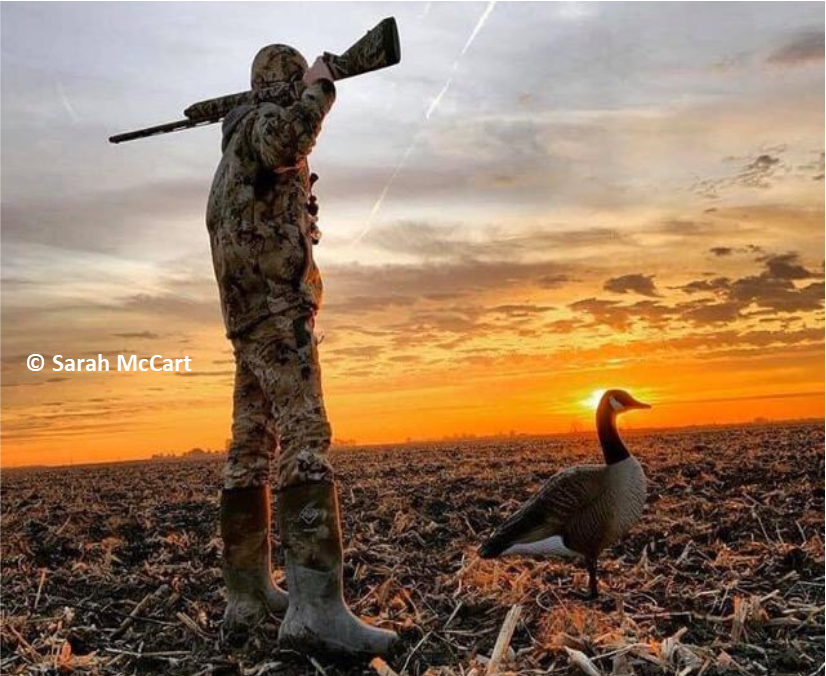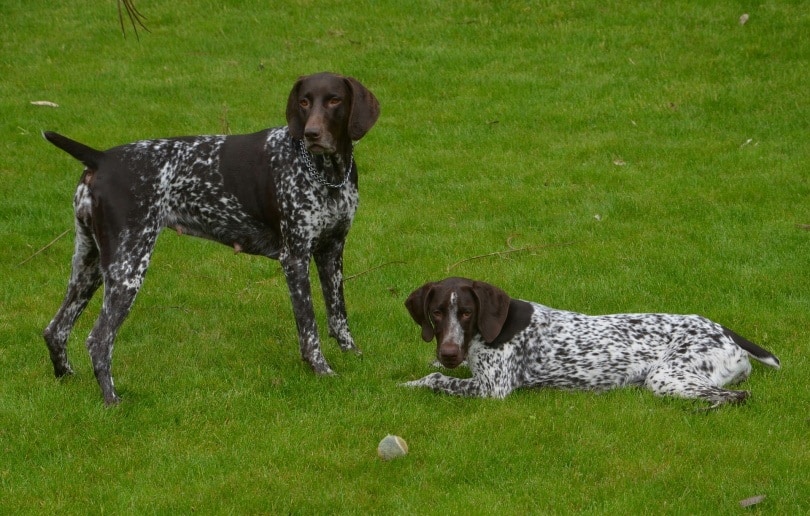
It is not known when the first human hunter began to hunt big game for food. Although some believe that the hunt originated with Homo sapiens (a great ape), other great apes also hunted their species. Schoningen spears are evidence of active hunting. Researchers found them in the 21st century. These spears were the first to be able to prove that humans had advanced technological capabilities 300,000+ years ago. H. heidelbergensis, a member of the genus H., was the first ape to be known to hunt. This ape was able to think and use the same cognitive skills that modern man does.
First step in big-game hunt success is to spot the animal. You can spot an animal from many places, so most hunters will prefer to be close to it to avoid being seen. Aiming for the animal's vital organs (located behind the front legs) is a good place to make a 90% kill. As you stand, place your rifle on your shoulder. Slowly squeeze the trigger. If the animal begins to move or moves, be prepared to fire another shot. After you have learned how to spot large animals, hunting big-game game can be fun and rewarding.

The vast majority of large herd animals are the targets of big game hunters. These animals are extremely dangerous to humans and can often be found in remote locations. Africa and the south of the United States are the best places for big game hunting. Antelopes can weigh up to 1000 kg and are full-blooded biggame. Hunting for antelopes is done mainly on hunting farms. This means that there are many opportunities to capture a trophy.
It can be difficult and costly to legally hunt big-games. A government-sanctioned hunt in a specific region is the only way to ensure ethical and legal hunting. Big game hunters need to be aware of the potential risks. Some people may find the sacrifices worthwhile. Big-game hunting is a hobby that can be enjoyed for a lifetime. There are many benefits.
Many people consider big-game hunting an essential part their lives. The sport also helps to protect the environment. Many humans have a long tradition of hunting large-game animals. It is an exciting activity that has positive effects on wildlife and the environment. It is a way to make the world a better place. It has a huge economic and ethical benefit, as well. It is important to make sure that the hunting experience is fun.

Africa is home to a lot of big game hunting. Contrary to U.S. hunting and other countries, big game hunters in Africa are able to bring their families along on safaris. Professional hunters are also open to taking guests. While the fees are expensive, tourists should be aware of the potential risks involved in these trips. If you love adventure, safaris offer a thrilling and unique experience. This is a great opportunity to learn about the different African culture and to hunt wild animals.
FAQ
The U.S. Department of Agriculture (USDA), estimates that about 1 percent of hunters kill deer each year.
The USDA estimates that approximately 6.5 million Americans hunt buck. Only about 2.2 Million actually shoot one.
This means only 0.6% of all hunters will kill a deer each and every year.
What training is necessary to become a hunter What is the average time it takes?
You must take a basic course to learn how to hunt. This course teaches you about different types of game and gives you information about the laws surrounding hunting.
This course will teach you how to safely handle guns and ammunition. These instructions will help you safely use them.
This course may last from two to three months. Some courses are offered online. Some courses can be accessed online.
Passing a written test is necessary to obtain a license. You might also need proof that you have completed a hunter's education course.
How much does it cost for me to become licensed? What if I don't have enough money?
Costs for getting licensed vary depending on which state you are in. It costs anywhere from $20 up to more than $100.
If you do not have enough money, you may be able to apply for a loan or grant.
To pay the tag fee, you must also pay the fee. The price of tags varies depending on the game you are hunting.
You can get tags for deer and elk, bear, bison, moose, waterfowls, upland birds, and furbearers such as foxes.
Some states require that you register with the Department of Natural Resources in order to obtain a license.
Before you begin hunting, check local regulations to ensure you are following all rules and requirements.
How many Americans rely on hunting for their livelihood?
More than 300 million hunters live in the United States. This is nearly twice the number of hunters than New York City residents.
Hunting is an American pastime that dates back centuries. Today, however, hunting for sport is less popular than ever. The U.S. The U.S. Fish & Wildlife Service reports that only 2 percent shoot regularly. Young adults are even less likely to hunt regularly.
Although hunting may seem like an outdated pastime, older generations still love it. According to a recent survey, 68 percent of boomers intend to hunt again after they retire. For them, hunting is a way to connect with nature and enjoy the outdoors.
Younger generations may not consider hunting a priority. According to National Shooting Sports Foundation, 18% of millennials don't consider themselves to be avid shooters.
FWS works hard to ensure that America's wild places are accessible to all.
In 2014, the agency launched its "Wild Lands" campaign to raise awareness about public lands across the country. The agency's goal is educate the public about the importance of conserving these areas and encourage them visit them.
The Wild Lands program also encourages conservation efforts. One example is the partnership between FWS and the National Rifle Association to create a youth shooting sports program called Project Gunter. This program helps children learn how to safely handle firearms, as well as safety and marksmanship skills.
Project Gunter has expanded to include women of all races and minorities. Project Gunter is now expanding to include women and minorities.
What are the benefits of hunting?
Hunting is a tradition that many cultures have followed for centuries. It was used to hunt for food, shelter, clothes, medicines, and other purposes. Modern hunters hunt not only for sport but also for recreation and food. The meat from hunted animal is usually consumed immediately following killing. However, the skin, feathers, bones, antlers horns, teeth and hooves of the animals may be sold as trophy parts.
Hunting is not just a way to eat; it's a way to live.
Because they hunt together, hunters have strong family bonds and close friendships. They share stories and memories at campfires and over meals.
Hunting and nature are a joy for hunters, and this helps them appreciate the rest of our planet.
When they take care and look after the game animals, they develop responsibility and respect.
Because they practice conservation, hunters become better citizens. They help protect habitats and species. They know how much land, water and oxygen we need for survival.
Hunters form part of a wider community. Their families are dependent on them. They support one another. They support local companies.
Hunters give back to society as well. Many hunters donate money to charities that assist children, the elderly, and veterans, among other causes.
Hunters can also donate their time to help people in need. You might see them volunteering with the Red Cross or Humane Society.
Why is hunting a good hobby?
Hunting is like playing with nature. It's important to think ahead, plan every move and predict where the game will end.
Hunting for food is a goal. Therefore, it is important to understand what type of animal you are hunting, how to track your prey and when you should stop tracking. If you don't know these things, then you'll never catch anything.
When hunting, the most important thing is to never lose your eyes. So you won't miss any opportunity. Make sure you are close enough to the object you see so you can identify it. Make a list of all the things you saw and keep it. This will allow you to remember what you saw later, if you want to hunt again.
It's about more than shooting at targets. It's about being in tune to yourself, your environment, and the animals surrounding you.
How many Americans hunt with rifles in the US?
There are approximately 2 million hunters who hunt deer, elk or moose with their rifles.
Most of these hunters come from rural regions and are male.
They hunt alone and use a bow or crossbow.
Hunters target most often whitetail deer (68%) followed by muledeer (13%) or black bears (10%)
While there aren't any national statistics on how many women hunt this sport, evidence indicates that the numbers of female hunters is increasing.
Statistics
- Less than 1% of Hawaii's population has a hunting license. (stacker.com)
- - Percent of residents with paid hunting licenses: 0.7%- (stacker.com)
- According to the Wildlife Restoration Act, passed in 1937, most of the state conservation efforts are funded through hunting and fishing license sales and firearms sales. (stacker.com)
- Thanks to the 1937 Pittman-Robertson Act, an 11% excise tax was placed on the sale of firearms, which were then used for conservation. (stacker.com)
External Links
How To
How to Select the Best Deer Rifle
Many factors influence the choice of the right firearm, including your hunting style, budget, terrain, weather conditions and other considerations. The most important factor is the type of game you intend to hunt. A scope is a must if your goal is to hunt whitetail bucks. If you don't want to have a gun bag, you can use a bolt-action rifle or a semi-automatic rifle. There are many different types of rifles. There are many options available. Some prefer the feel of a rifle with a lever action while others prefer one with a pump action. You can choose which model you prefer. However, there are some things to consider before buying a specific model.
First, determine what kind of game your goal is to hunt. Are you hunting small game like squirrels? Or large animals like deer. You may want to buy a different type depending on the size of your animal to hunt. For example, if you are planning to hunt deer, then you should look at a.308 caliber rifle. This means that you will be able to kill larger sized animals than those that are hunted with a.223 caliber rifle. It is important to consider the cost of a rifle when choosing a rifle. A quality rifle will run you less than a cheaper one. It is important to ensure the rifle you choose matches the ammunition you will use. Make sure the barrel length allows you to hit your target from afar.
It is also important to consider the terrain on which you are planning to hunt. Are you going to hunt in open fields or dense forests? A long-range rifle is best if you plan to hunt in open fields. However, if hunting in open areas, you should consider a shorter-range rifle. It is important to be familiar with the terrain where you will hunt.
Last, but not least: Before purchasing a rifle, make sure you inspect its condition. Make sure the rifle is clean and well maintained. Check whether the trigger works properly. Check for corrosion or rust. Inspect the stock and the finish of the rifle. Finally, test fire the rifle to see how accurately it shoots. These steps will allow you to determine if the rifle is right for you.